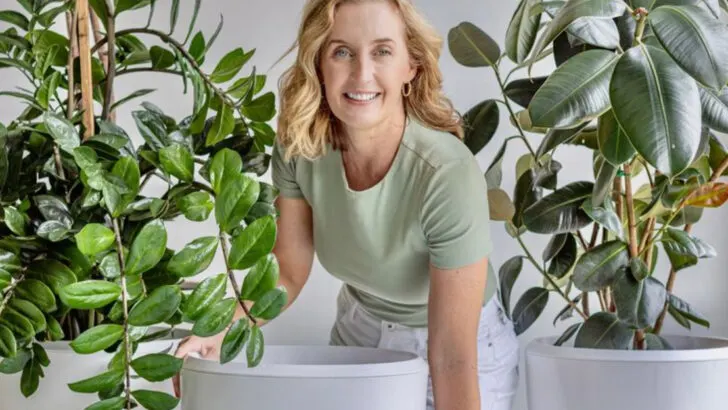You’ve picked the perfect pot, added soil, and lovingly placed your plant in its new home—but somehow, it’s still not thriving. Sound familiar? Even experienced plant parents make common potting mistakes that can stunt growth, cause rot, or invite pests. From using the wrong container size to forgetting about drainage, these small oversights can make a big difference.
Luckily, not all houseplants are divas. In fact, some are remarkably forgiving. They’ll bounce back from overwatering, cramped roots, or poor soil choices without holding a grudge. These resilient indoor plants are perfect for anyone who’s still learning (or just a little forgetful).
In this guide, we’ll walk you through 6 potting mistakes many people don’t realize they’re making—and introduce you to 9 forgiving houseplants that will thrive anyway. If you’re looking to grow your indoor jungle with less stress, this is the list you need.
Over-Watering
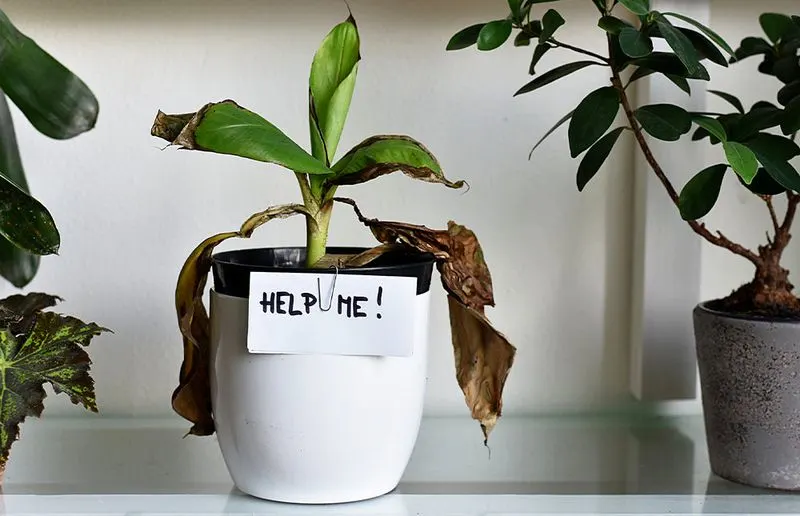
It’s a common sight: a well-meaning plant parent over-zealously dousing their beloved fern with water. This often stems from the misconception that more water equates to healthier plants. Unfortunately, too much water can suffocate a plant’s roots, depriving them of essential oxygen and leading to root rot. Instead of flourishing, plants can wilt and decay. To avoid this, always check soil moisture levels before reaching for the watering can. A simple finger test can determine if the soil is dry and ready for the next watering, ensuring your plant receives just the right amount of hydration.
Wrong Pot Size
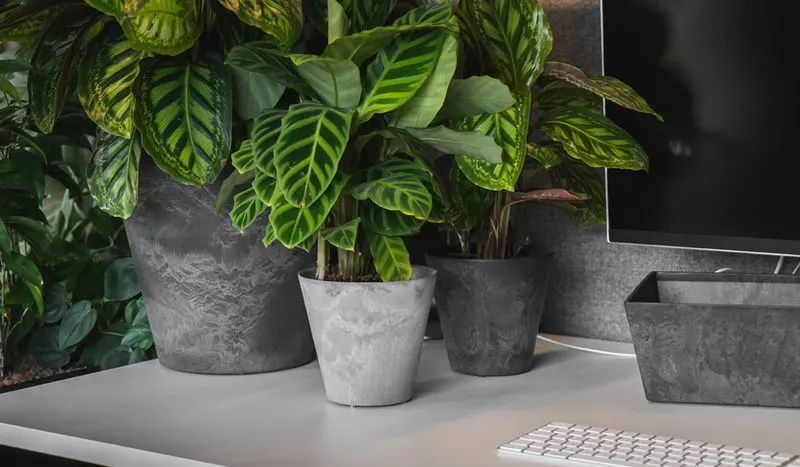
Choosing the right pot size is crucial for your plant’s growth, yet it’s a mistake often overlooked. Too small a pot can constrict root growth, while an excessively large pot can retain too much moisture, leading to dreaded root rot. It’s a balancing act, finding that Goldilocks zone where the pot is neither too cramped nor too spacious. Regularly repotting or upgrading pot sizes as your plant grows can make a world of difference. Keep an eye on roots protruding from drainage holes; it’s a sure sign your green companion needs more room.
Inadequate Soil
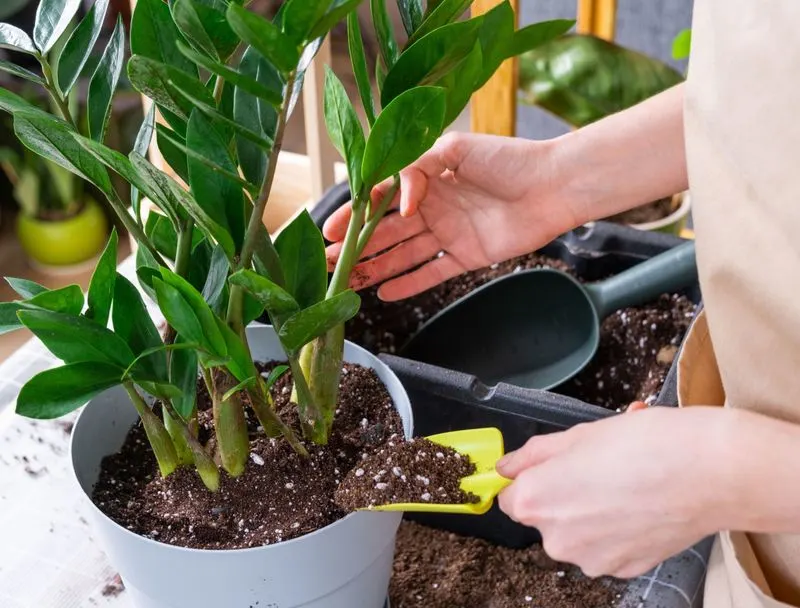
Many indoor gardeners make the mistake of using garden soil for their houseplants, thinking all soil is created equal. Indoor plants generally require a specialized mix that offers good drainage and aeration, unlike garden soil that can compact and suffocate roots. Selecting the right soil mix not only supports healthy root development but also prevents waterlogging. To enhance your plant’s health, consider purchasing soil tailored to your specific type of plant. This small investment can lead to lush, vibrant growth and a more rewarding gardening experience.
Lack of Light
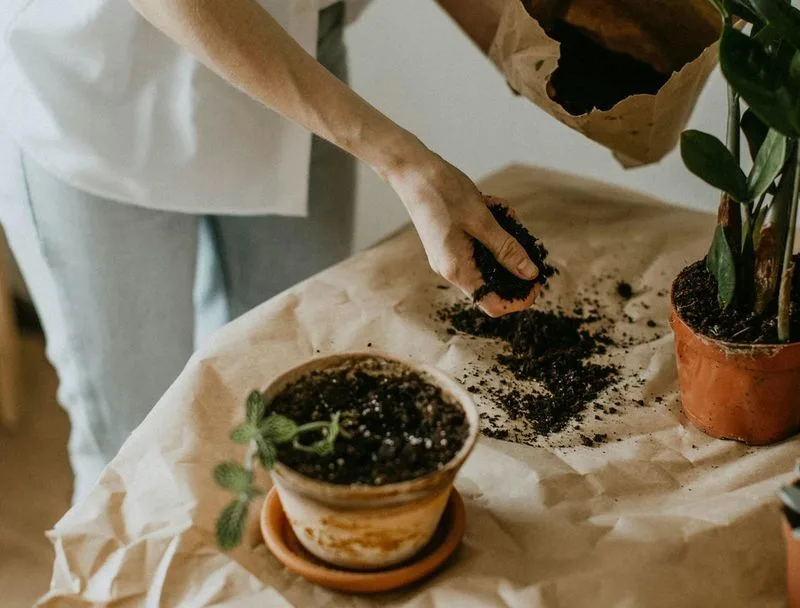
Sunlight is the lifeblood of any plant, yet it’s surprisingly easy to underestimate its importance for indoor greenery. Many indoor spaces lack sufficient natural light, leaving plants struggling to photosynthesize. Placing your plant near a window or investing in grow lights can remedy this issue. Different plants have varying light needs, so understanding whether your plant thrives in direct, indirect, or low light is key. Adjusting your plant’s location to match its light preference can foster healthier growth and prevent leggy, stressed specimens.
Poor Drainage
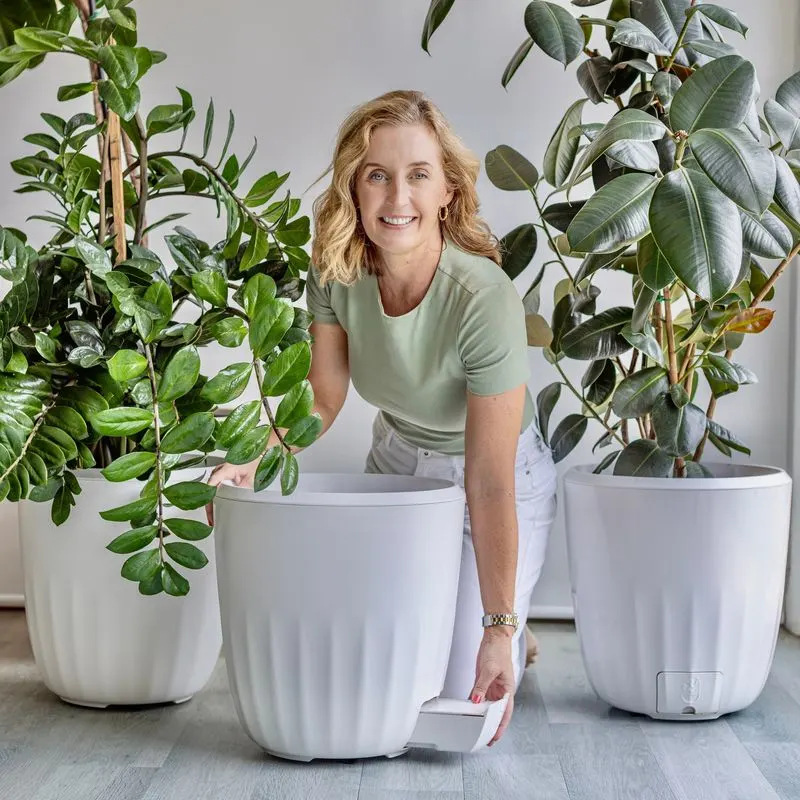
A pot without proper drainage is a recipe for disaster. Excess water needs a way to escape, or it will lead to root rot and plant health decline. When choosing pots, prioritize those with sufficient drainage holes to allow excess moisture to escape. Additionally, consider adding a layer of stones or a mesh at the bottom of the pot to facilitate better drainage. This simple step can drastically improve the soil’s moisture balance and contribute to a happier, healthier plant. Remember, just as much as plants need water, they also need air.
Ignoring Humidity
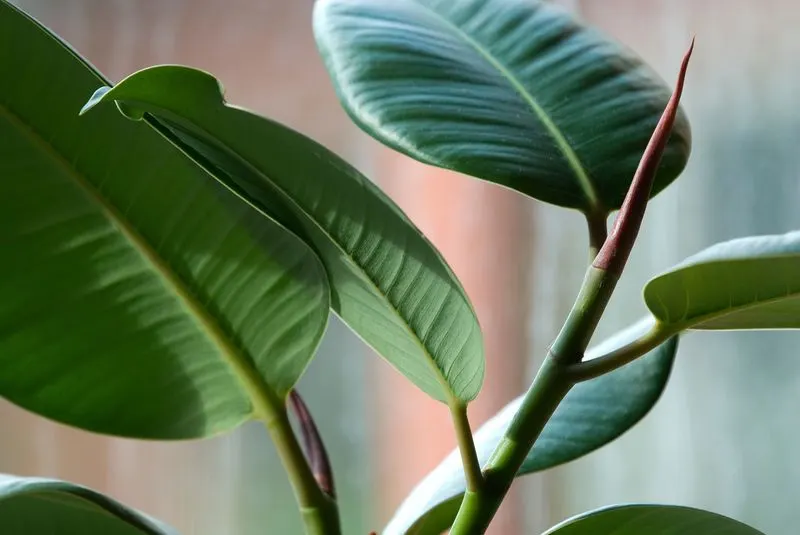
Humidity plays a critical role in the well-being of many indoor plants, yet it’s an aspect often neglected by novice gardeners. Plants like ferns and orchids thrive in moist air, and lack of humidity can cause leaves to brown and edges to curl. To replicate the natural environment of these plants, consider using a humidifier or placing a water tray nearby. Grouping plants together can also boost humidity levels. Understanding your plant’s humidity needs and adjusting your environment accordingly can lead to more vibrant foliage and healthier growth.
Snake Plant
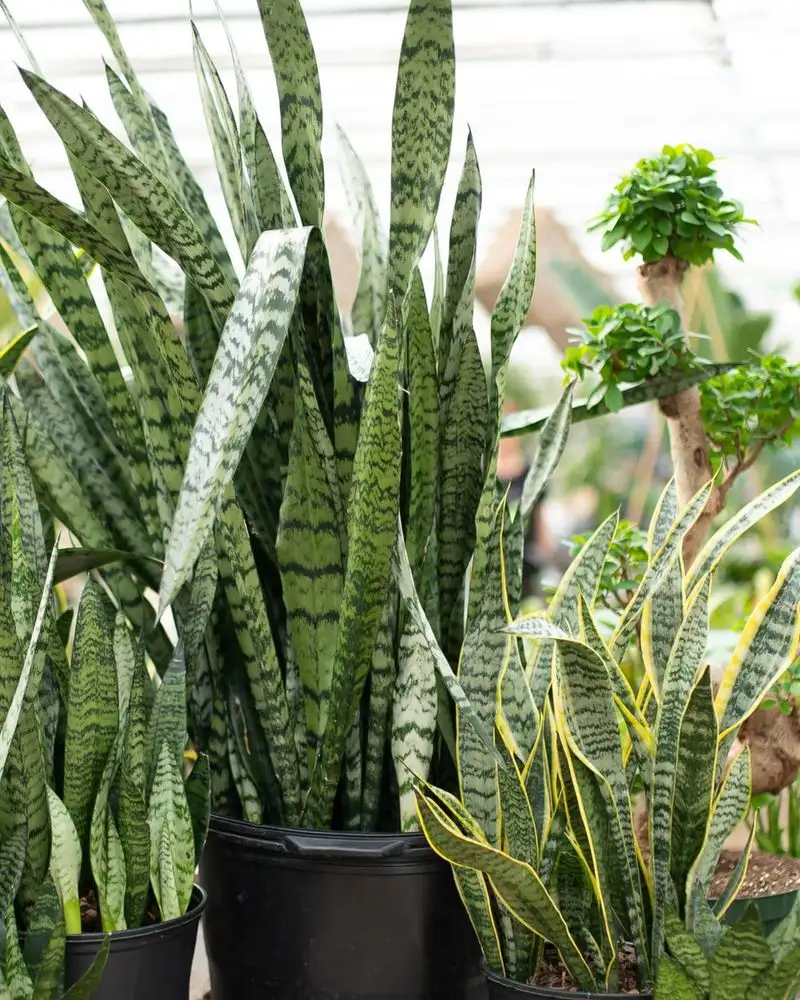
Known for its unyielding nature, the snake plant is a favorite among those who tend to over-water. Its thick, succulent-like leaves store water efficiently, allowing it to withstand neglect better than most. Whether forgotten in a dark corner or overindulged with water, this plant perseveres. Native to West Africa, it’s a testament to strength and resilience in the plant world. Its ability to purify air by removing toxins is an added bonus, making it an ideal companion for both novice and experienced gardeners seeking a low-maintenance, forgiving houseplant.
Pothos
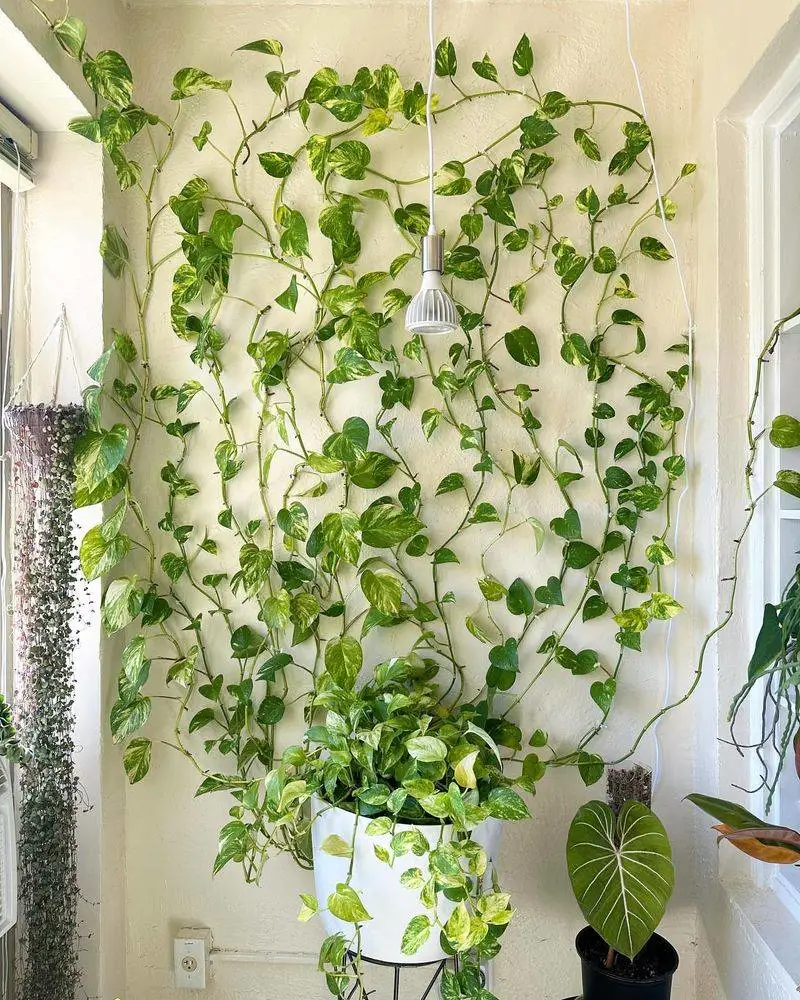
With its flowing vines and heart-shaped leaves, the pothos is a charming addition to any home. This plant is incredibly forgiving, enduring low light and sporadic watering without fuss. Originating from the Solomon Islands, pothos has adapted to a variety of conditions, making it perfect for those who might forget their watering schedule. It’s a natural air purifier, adding both aesthetic and health benefits to your space. Its ability to thrive in less-than-ideal conditions makes it a perennial favorite for busy beginners and seasoned plant lovers alike.
Peace Lily
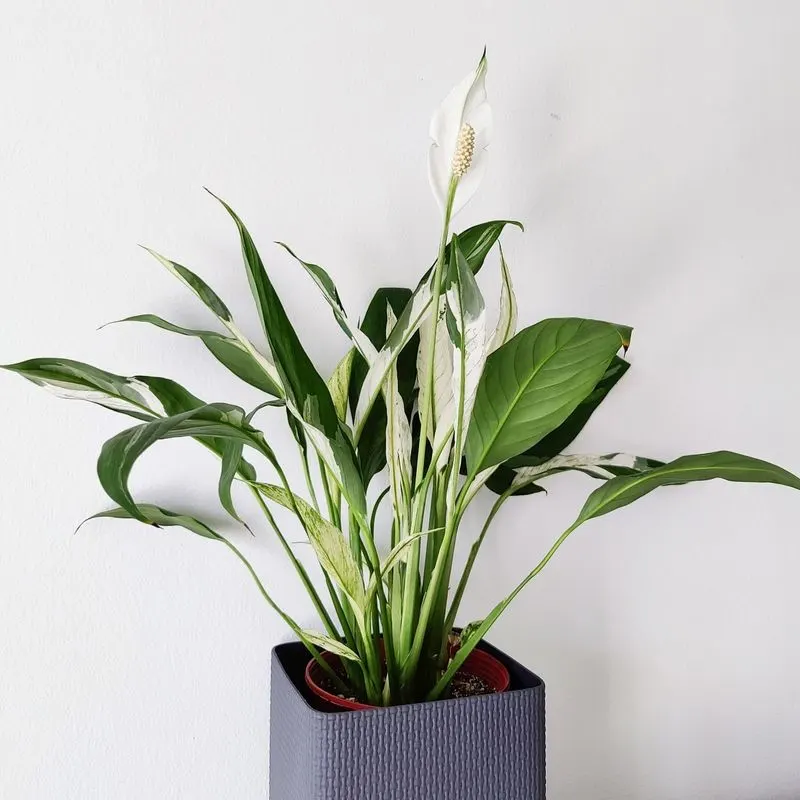
The peace lily, with its glossy leaves and elegant white flowers, disguises its robust nature under a serene facade. It’s particularly adept at communicating its needs, wilting when thirsty and reviving soon after a drink. This plant flourishes in low to medium light, making it suitable for many indoor environments. Native to tropical regions of the Americas, it’s a popular choice for those seeking a touch of tranquility. Its knack for improving indoor air quality by filtering pollutants further boosts its appeal, solidifying its role as a forgiving houseplant hero.
Spider Plant
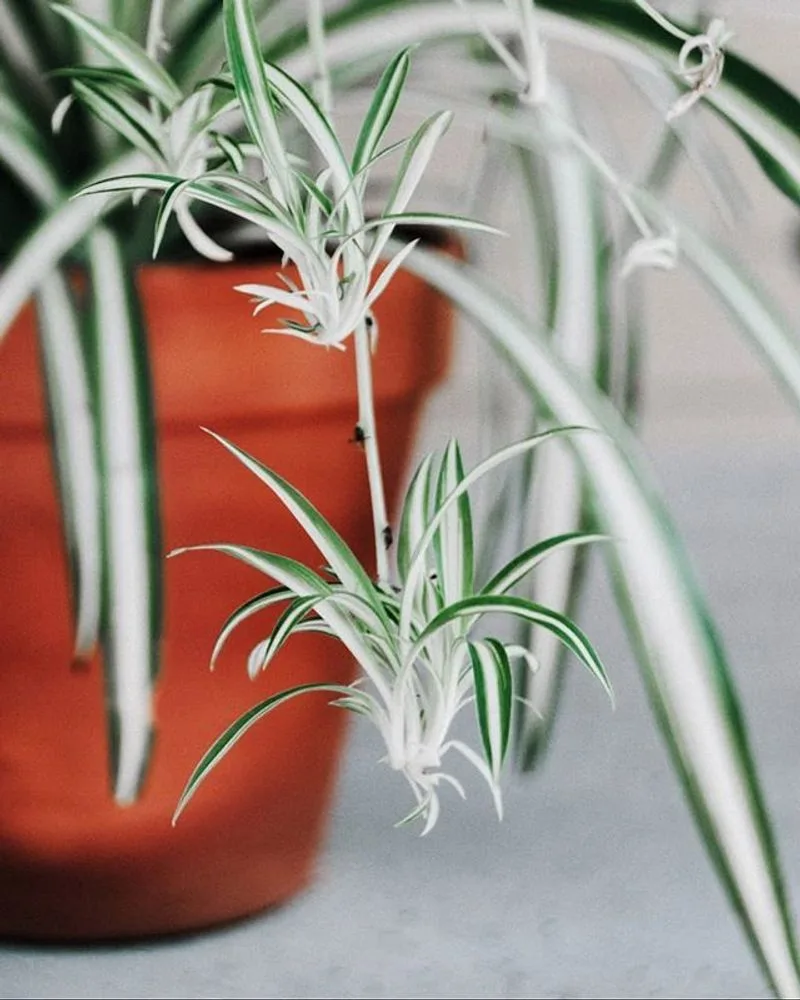
Spider plants are the quintessential beginners’ plant, known for their easygoing demeanor and ability to thrive under a range of conditions. Their unique arching leaves add a lively touch to any room, while their adaptability to various light levels ensures they remain vibrant year-round. Spider plants are also prolific propagators, producing ‘pups’ that can be easily potted to expand your indoor jungle. Originally hailing from South Africa, they are resilient to occasional neglect, making them a staple for those seeking a low-effort, high-reward houseplant.
ZZ Plant
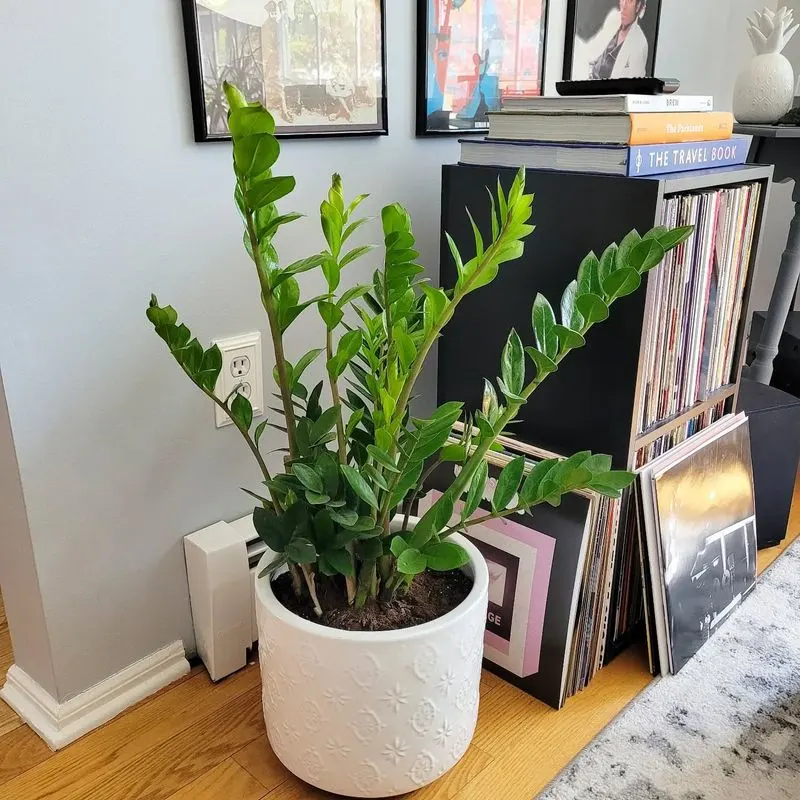
ZZ plants stand as icons of survival in the plant kingdom, boasting a reputation for enduring neglect with grace. Their glossy, dark green leaves not only beautify interiors but also signify a robust plant that can thrive under irregular watering and low light. Originating from East Africa, they are well-suited for newcomers to gardening who might still be mastering the art of attentive plant care. The ZZ plant’s ability to purify air by removing toxins makes it not just resilient, but also a beneficial addition to any home or workspace.
Aloe Vera
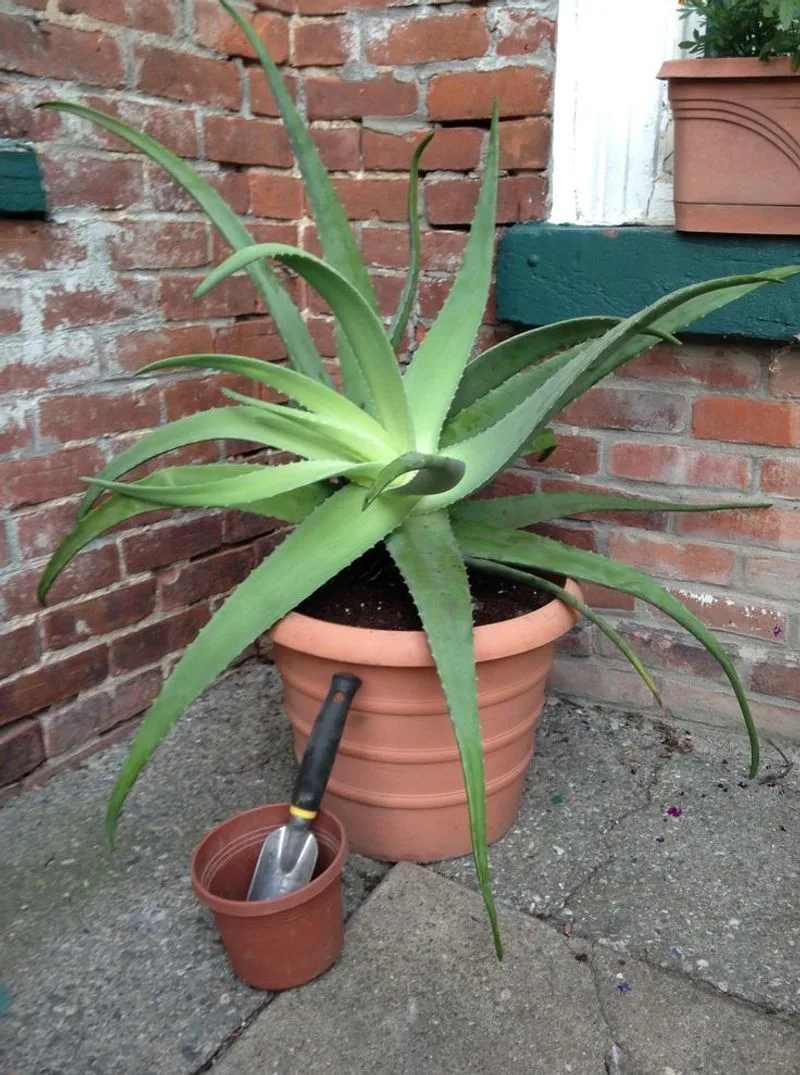
Aloe vera, with its thick, juicy leaves, is more than just a remedy for sunburn. It’s a symbol of resilience, thriving indoors with minimal fuss. This succulent requires little water, making it ideal for forgetful caregivers. Its origins trace back to the Arabian Peninsula, but its popularity has spread worldwide as a staple in both skincare and indoor gardening. Aloe vera’s ability to purify air and its soothing gel make it a multifunctional favorite. Its forgiving nature means it remains lush and green, even when care routines are less than perfect.
Rubber Plant
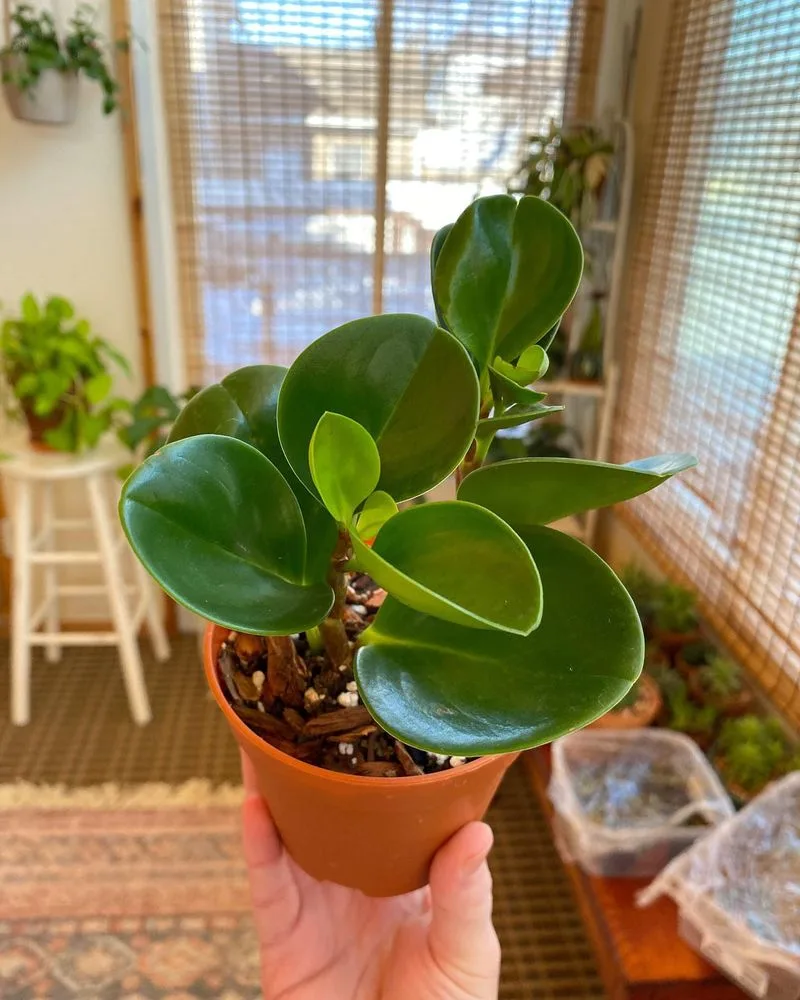
With its broad, glossy leaves, the rubber plant exudes an air of sophistication and resilience. It’s well-suited for indoor life, enduring low light and occasional over-watering. Native to Southeast Asia, it symbolizes flexibility and strength, growing tall and upright even in challenging conditions. This plant not only enhances a room’s aesthetic but also contributes to cleaner air by filtering common pollutants. Its ability to adapt to inconsistent care routines makes it a favorite among urban dwellers looking for a robust yet stylish addition to their indoor garden.
Cast Iron Plant
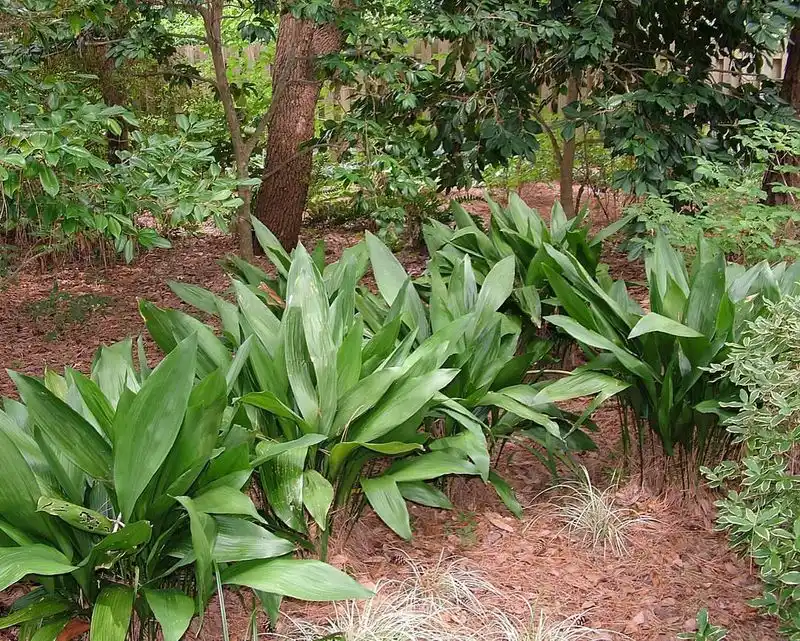
True to its name, the cast iron plant exhibits an unwavering steadfastness, thriving in low light and poor conditions. Its robust green leaves are a testament to its durability, making it an excellent choice for those with a less-than-perfect track record in plant care. Originating from Asia, this plant symbolizes endurance and strength, surviving in areas where other plants might falter. Whether neglected in a dim corner or exposed to drafts, its resilient nature ensures it remains a steadfast feature in any indoor garden.
Jade Plant
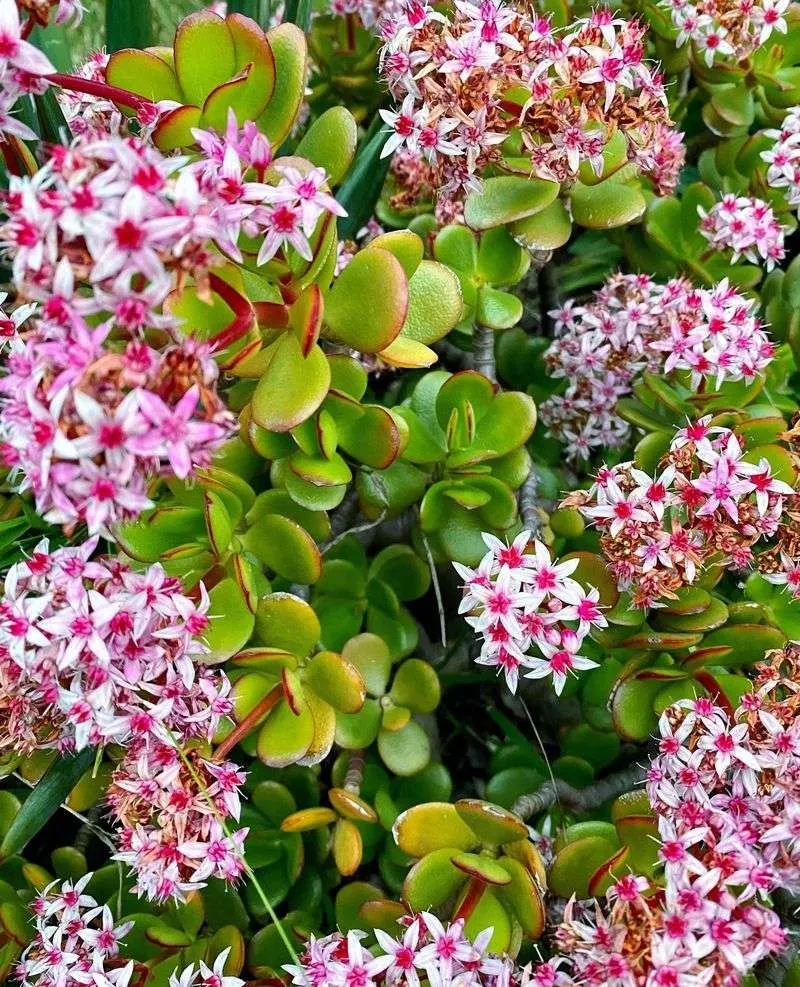
The jade plant, often associated with prosperity and good fortune, is a beacon of optimism in any home. Its thick, oval leaves store water, allowing it to endure infrequent watering with ease. Originating from South Africa, it’s a testament to the power of resilience, surviving in less-than-ideal conditions. The jade plant’s ability to thrive in bright indoor light and its slow-growing nature make it perfect for those who prefer a low-maintenance yet visually appealing plant. Its presence brings a touch of nature’s enduring spirit into your living space.

